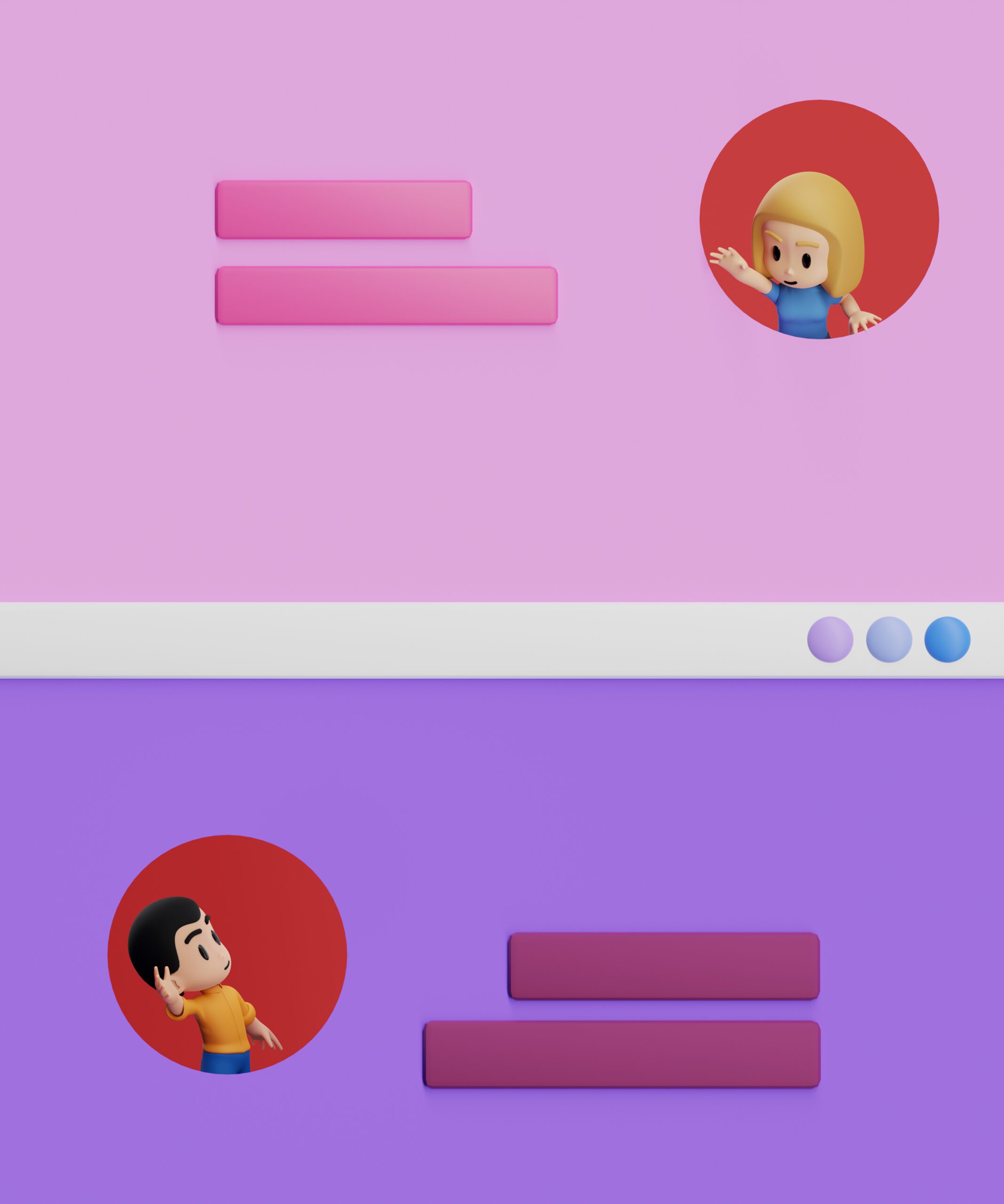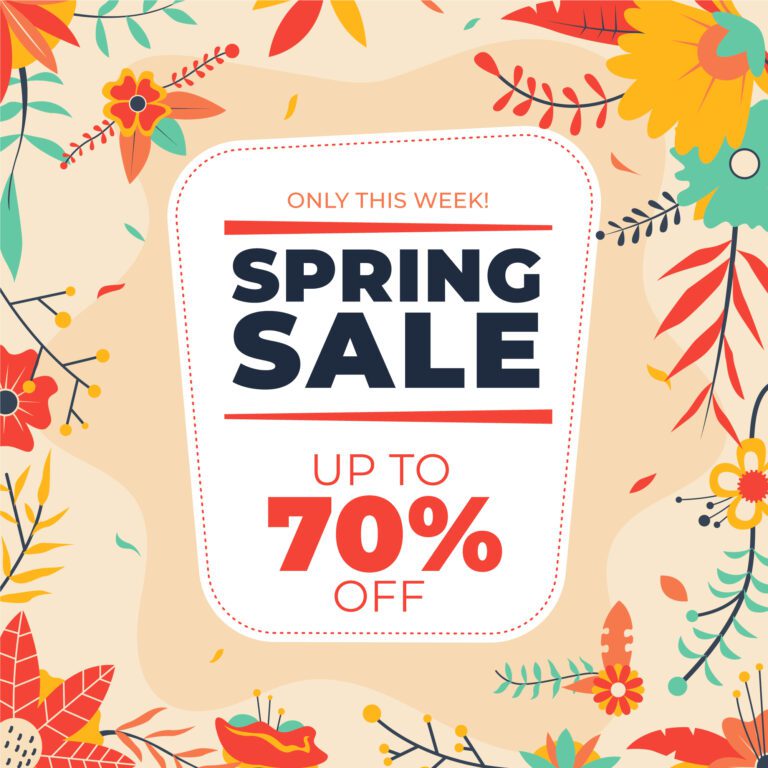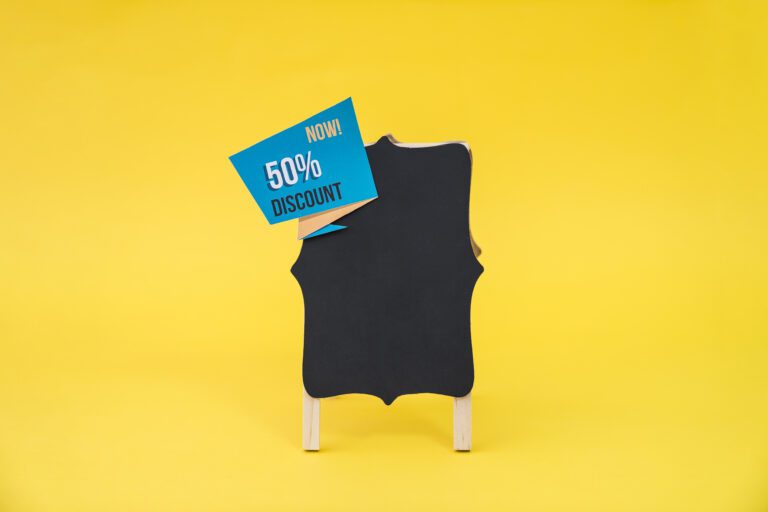Gamified Popups: A Practical Look at Spin-to-Win, Scratch Cards, and Interactive Offers

I hope you enjoy this blog post. If you want Hello Bar to grow your leads, click here.
Author:
Mansi
Published
July 14, 2025

Table of Contents
You’ve probably noticed something different about shopping online lately. Instead of boring, predictable popups asking for your email, you see a wheel you can spin, a scratch card you can reveal, or a box that promises a surprise if you click. These are called gamified popups, and while they look playful, they’re serious business.
If you run an online store or even just a simple website, you’re probably wondering if these things actually work—or if they’re just the latest shiny marketing trick. Let’s talk honestly about what makes gamified popups work, when they fail, and how you can use them without annoying your customers or looking desperate.
What Are Gamified Popups, Really?
Think about walking into a store and seeing a wheel at the entrance, inviting you to spin for a prize. There’s a little thrill, even if you know the odds aren’t huge. Gamified popups are the online version of that same feeling. A gamified popup isn’t complicated. It’s any popup that asks a visitor to interact with it like a game—spinning, scratching, picking, sometimes answering a quick question. The payoff: some kind of reward, usually a discount or freebie, and sometimes just the joy of winning something small. What matters is how you use gamified popups to add a bit of real fun to what’s usually a dry, transactional moment—while still keeping your business goals front and center.
Why Bother With Gamified Popups?
Let’s be blunt: Most popups are background noise. You close them without even reading. But gamified popups get attention because they change the conversation from “give us your email” to “play and see what you get.”
Here’s what actually changes:
- People Stop and Pay Attention: A spinning wheel is hard to ignore, especially if the design fits the rest of your site. The act of playing—even for just a second—creates a pause that most popups can’t achieve.
- The Value Feels Earned: No one wants another “exclusive” offer. But a prize you’ve won feels personal, even if you know everyone’s getting something. Gamified popups don’t just hand out rewards—they let people feel like they’ve earned them.
- Better Conversion, Not Just More Emails: Here’s what you won’t hear from most popup providers: It’s not just about capturing more emails. It’s about finding people who actually want to interact. I’ve seen email signups triple in a week just by switching to gamified popups, but the best part is those signups stick around. The engagement is real.
- Fewer Annoyed Visitors: Done right, gamified popups feel less like a sales pitch and more like a welcome. You’re giving visitors a small reason to stay, not pushing them out the door.
What Actually Works? (Not Just What Looks Cool)

Not every version of gamified popups works for every business. Here’s what’s worked for me—and what’s been a waste of time.
- Spin-to-Win Wheels: The classic. If you set it up right, people love the drama. Set the prizes so you’re not giving away the store, but make sure every spin feels worthwhile.
- Scratch Cards: These are perfect for mobile, where spinning a tiny wheel isn’t fun. People like the feeling of “revealing” a win. Simple, direct, and quick.
- Pick-a-Box or Mystery Offers: Good for product launches or holiday sales. Let people pick their deal, even if every box has a small reward. You’d be surprised how often people share these results on social.
- Mini-Quizzes or Trivia: Riskier, but sometimes worth it for specific brands. If your product is complicated or you want to qualify leads, use a quiz. Just don’t make it a chore.
Lessons I’ve Learned Using Gamified Popups
I’ve tried a lot of different setups for clients, friends, and my own projects. Here’s what I wish someone told me when I started:
- Don’t Overthink the Game. If you need instructions, it’s too complicated. The best gamified popups are obvious—spin, scratch, pick. That’s it.
- Offer Something People Want. A $2 coupon isn’t worth anyone’s time. Make the lowest reward meaningful. Free shipping or a real discount beats “exclusive access” every time.
- Don’t Bombard People. Show the popup once per visit, and never immediately. Let visitors get a feel for your site first.
- Keep it Honest. If everyone wins the same thing, just say so. If you have limited big prizes, make the odds clear. People appreciate straightforwardness.
- Mobile is Everything. Most users will see your popup on their phone. Test every version. If the game is fiddly or slow, they’ll just bounce.
- Integrate With Your Email List. Use a tool that sends emails right away, or people will forget about the reward. The faster the delivery, the higher the conversion from popup to purchase.
Measuring Real Impact
It’s easy to fall in love with the novelty of gamified popups, but data tells the real story.
- Email signup rate: Are more people actually subscribing, not just playing?
- Code usage: Do the people who play actually buy?
- Bounce rate: Are visitors staying longer after using the popup?
- Repeat customers: Are the people who came through gamified popups coming back?
In my experience, the signup rate from gamified popups often doubles compared to regular popups, and redemption rates climb by 30-50%. But numbers always depend on your offer, timing, and audience.
What To Avoid
I’ve made mistakes here, so you don’t have to:
Don’t use tiny text or cluttered graphics. Clear, bold, and on-brand is best.
Don’t force people to give too much info. Name and email, tops. More than that and you’ll lose them.
Don’t make it too hard to win. The “every spin wins” model works. If most people lose, they’ll remember—and not in a good way.
Don’t run the same popup forever. Change up your gamified popups with seasons or big sales. Familiarity breeds indifference.
Loving this? Read our blog on What Is A Popup And Why You Should Consider Using One For Your Website
Gamified Popups in Action: Real Scenarios
A beauty shop I worked with moved to a spin-to-win wheel for first-time shoppers. Their opt-in rate jumped from 2.5% to 8% overnight. But the real magic? People who spun the wheel spent more than those who didn’t. Even a free sample as the lowest prize worked better than yet another small percentage off.
A supplement store used a scratch card during their new product launch. Customers shared screenshots on Instagram and came back for repeat purchases. Their reward wasn’t the biggest—just a free shaker bottle—but the experience stuck.
A software tool tried a quiz-based gamified popup. It flopped. Turns out, if your audience isn’t looking to be entertained, stick to what works: keep the game simple.
The Right Way to Use Gamified Popups
If you’re serious about using gamified popups, focus on the basics:
Pick one game type that fits your audience. Make the rewards worth it. Limit the frequency. Test on mobile. Track results and tweak your offer based on real numbers.
Tools like Wheelio, OptinMonster, and Privy can help you get started with gamified popups. But no tool matters as much as your message and your reward.
The Bottom Line
Gamified popups aren’t magic, but they do make your site more interesting and your offers more appealing. When you use them honestly and keep your visitor’s experience in mind, they boost signups, sales, and even brand loyalty. They’re not for everyone, but for most online stores, gamified popups are one of the simplest ways to turn a dull moment into a win—for your customer and your business.






